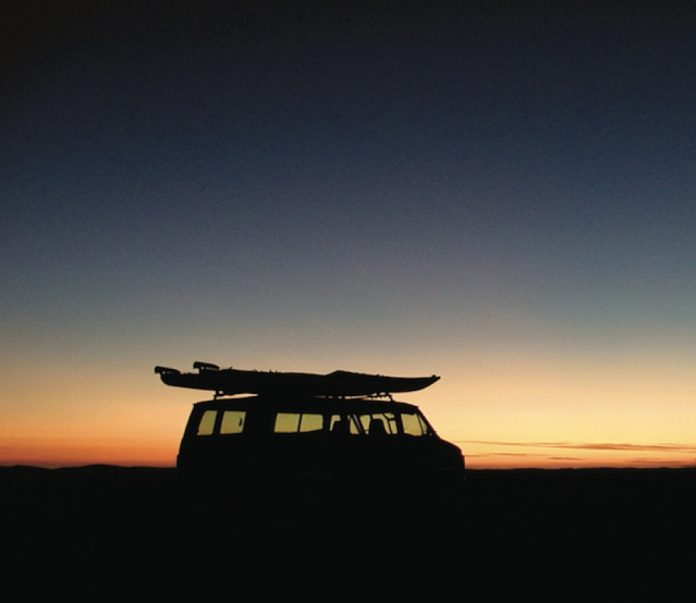When we pulled into the portage on the Steel River and saw an arrow pointing straight up a giant slab of granite, Alana and I immediately started procrastinating. We easily killed 20 minutes discussing the best way (winching? crawling?) to get our gear and canoe up the precipice.
Our dog Bailey, as usual, was less patient. If you’ve ever heard that springer spaniels are hyper, then you didn’t hear it from me. Frenzied is the word I would use. When it comes to portaging, she just wants the ordeal over as quickly as possible. I’ve given up trying to leash her while on the trail, which is why we only take her on remote trips where there’s little chance of meeting up with other people. And most animals rebuff her attempts to be playful.
Her routine is simple—jump out of the canoe as we approach the take-out, wait impatiently as I lash her pack on, and then sprint to the end and take a relaxing swim while we catch up.
While Alana and I dithered, Bailey was climbing the wall—literally. She scrambled up and down the slab looking more and more impatient. Finally we loaded her panniers up with all her dog food and shouldered our packs.
An hour later Alana and I had dragged everything up to the summit and began following a still-eager Bailey along the last kilometre of rough portage.
Sometime after Alana did a face plant and I crunched my crotch while trying to straddle a giant boulder we heard Bailey whimpering ahead of us. This was a new sound. I jogged ahead to see what was up and came across a cowering Bailey trembling uncontrollably while a lynx, just a few metres away, was crouching in a predatory position straight out of Mutual of Omaha and was slowly moving in for the kill.
I had never seen a lynx before, which is my excuse for why my first reaction was to unpack my camera rather than rescue my dog. When Bailey saw me trying to snap a picture of her assailant she gave me a look that made me glad dogs can’t talk. Guilt ridden, I dropped the camera and chased off the lynx with a paddle.
We finished the portage shortly afterward, but I still don’t have a photo of a lynx, and Bailey has been afraid of the neighbour’s cat ever since.
Kevin Callan advises you to keep watch over your pets when in wildcat country in his latest book, The Happy Camper.
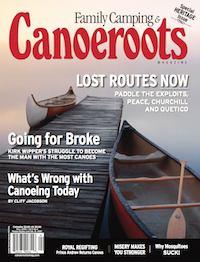 This article first appeared in the Fall 2006 issue of Canoeroots Magazine. For more great content, subscribe to Canoeroots’ print and digital editions here.
This article first appeared in the Fall 2006 issue of Canoeroots Magazine. For more great content, subscribe to Canoeroots’ print and digital editions here.



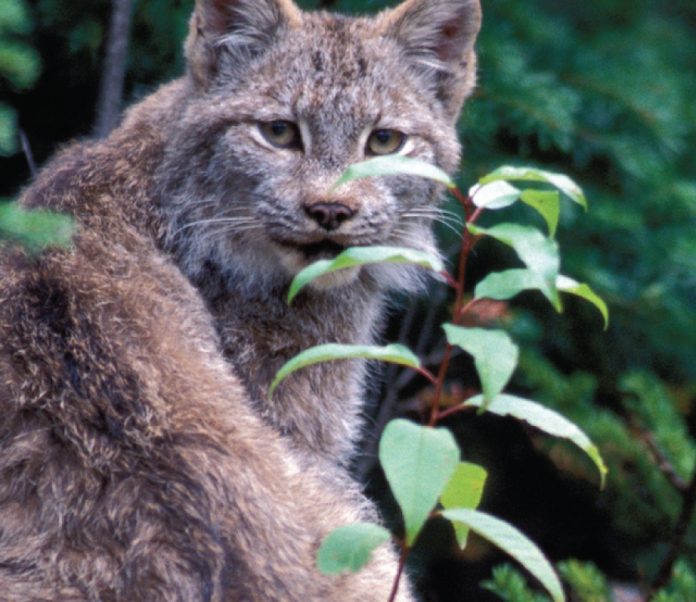

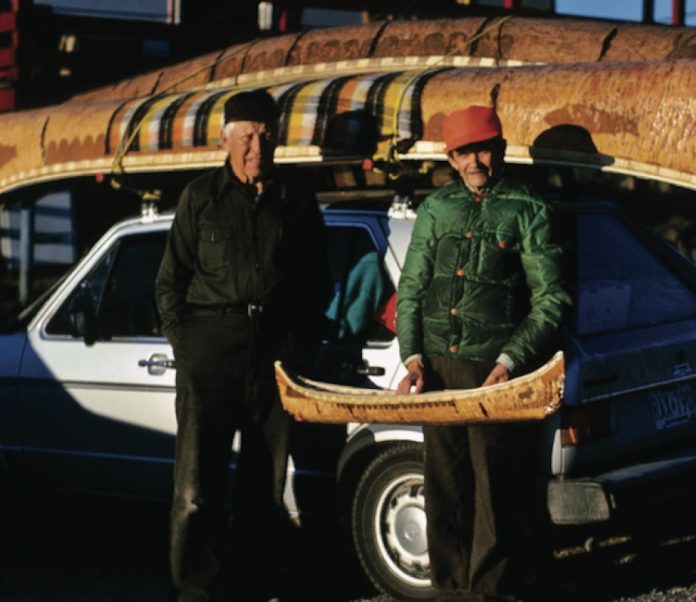
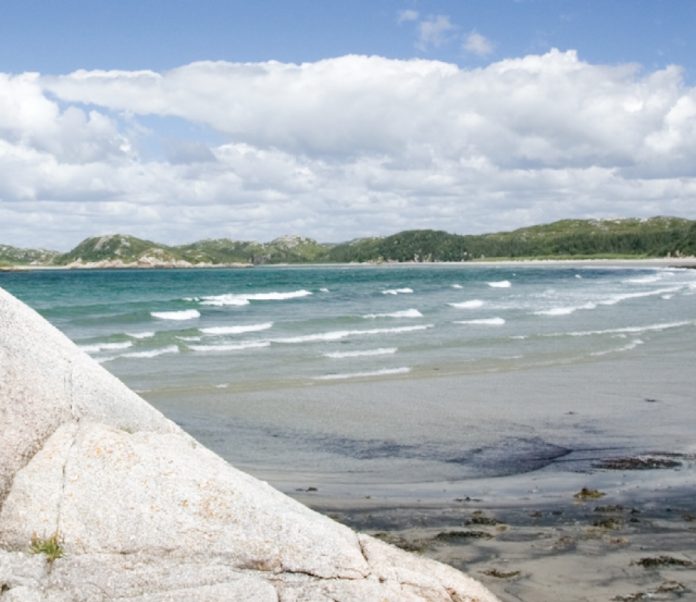
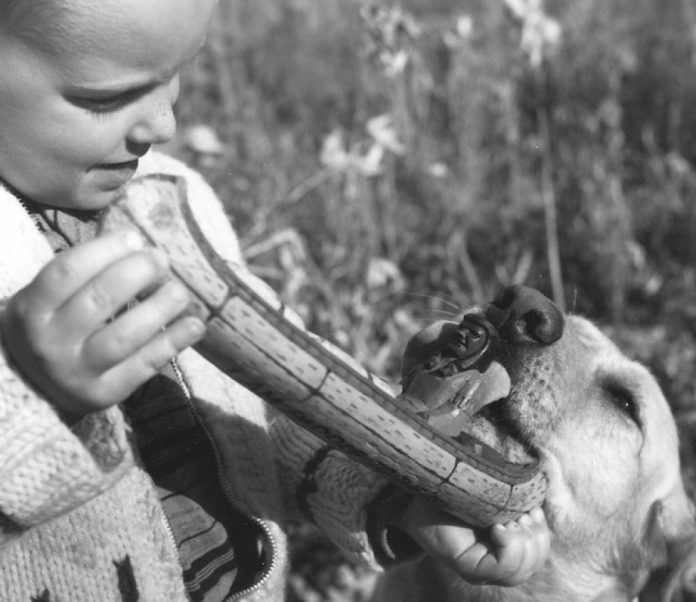
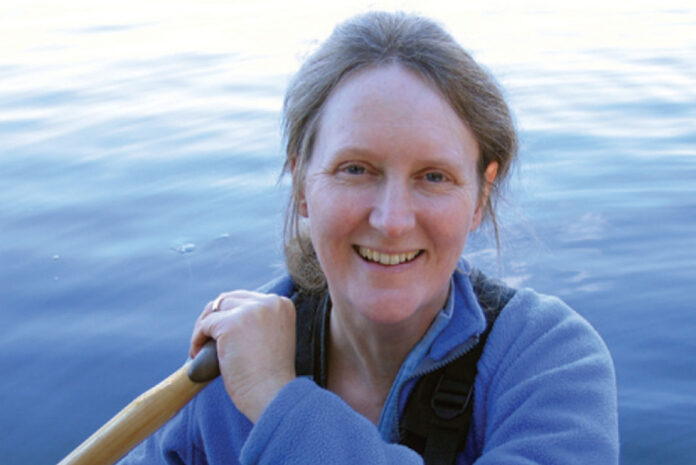
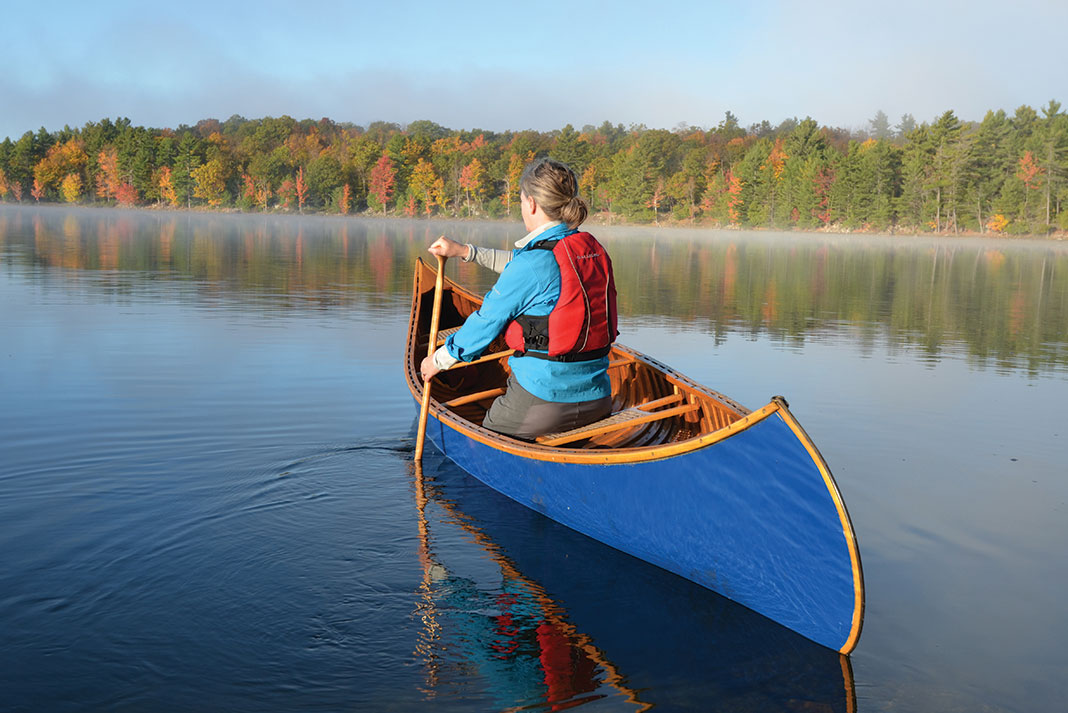
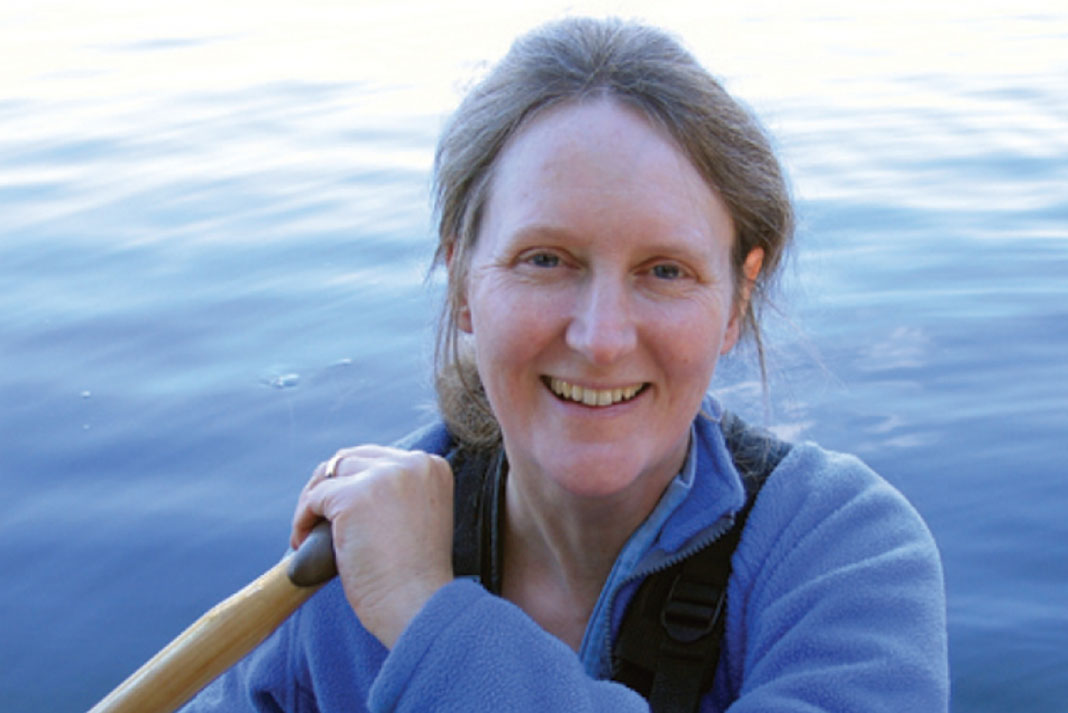
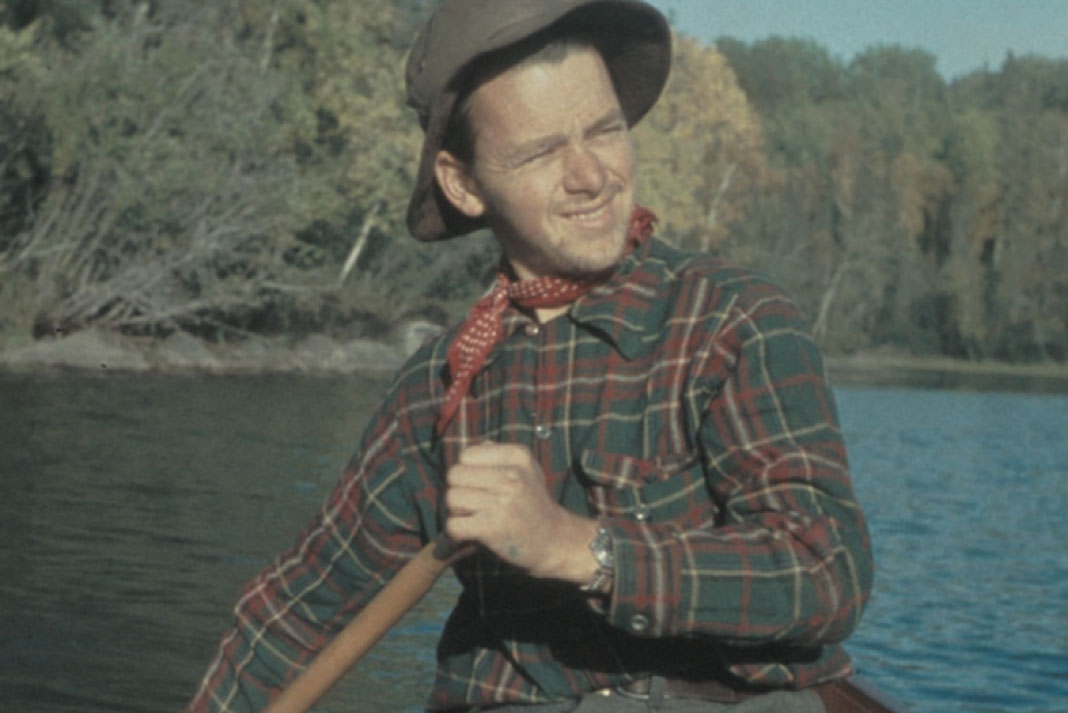

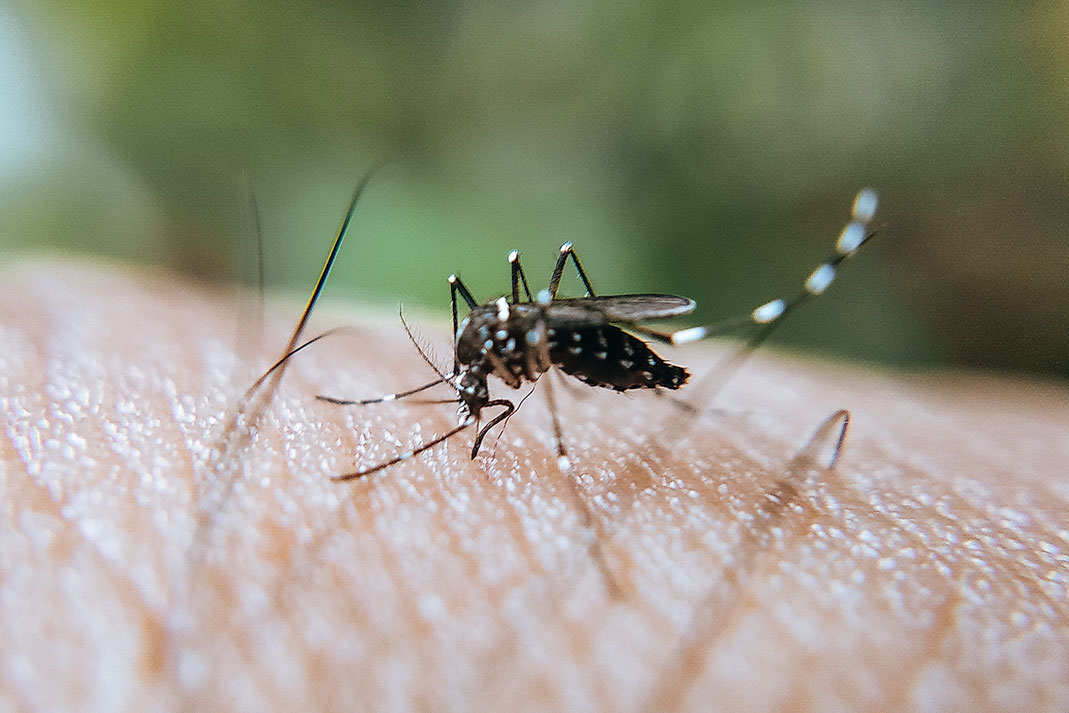

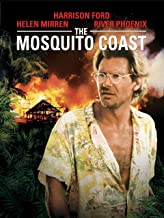


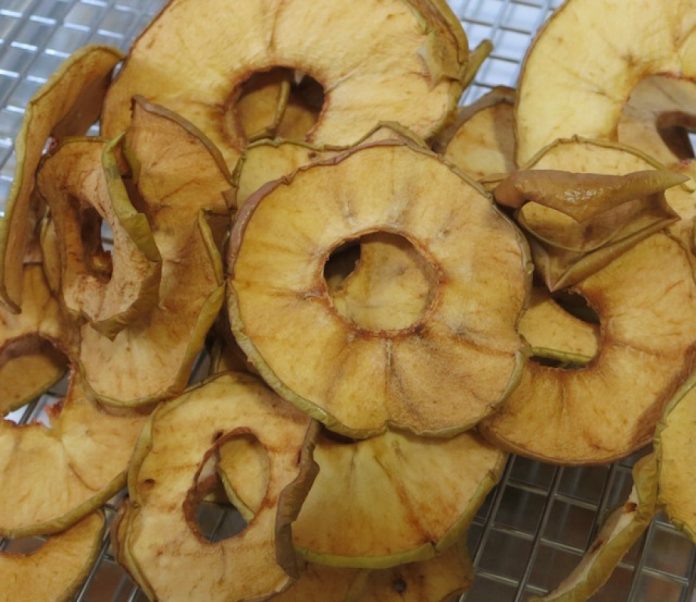
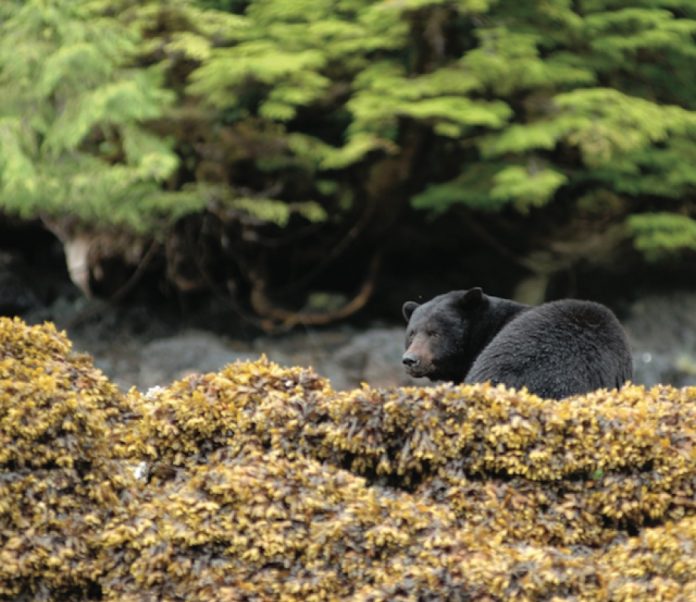
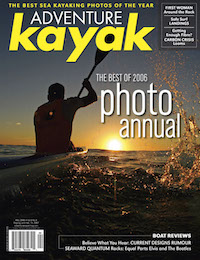 This article first appeared in the Fall 2006 issue of Adventure Kayak Magazine. For more great content, subscribe to Adventure Kayak’s print and digital editions
This article first appeared in the Fall 2006 issue of Adventure Kayak Magazine. For more great content, subscribe to Adventure Kayak’s print and digital editions 